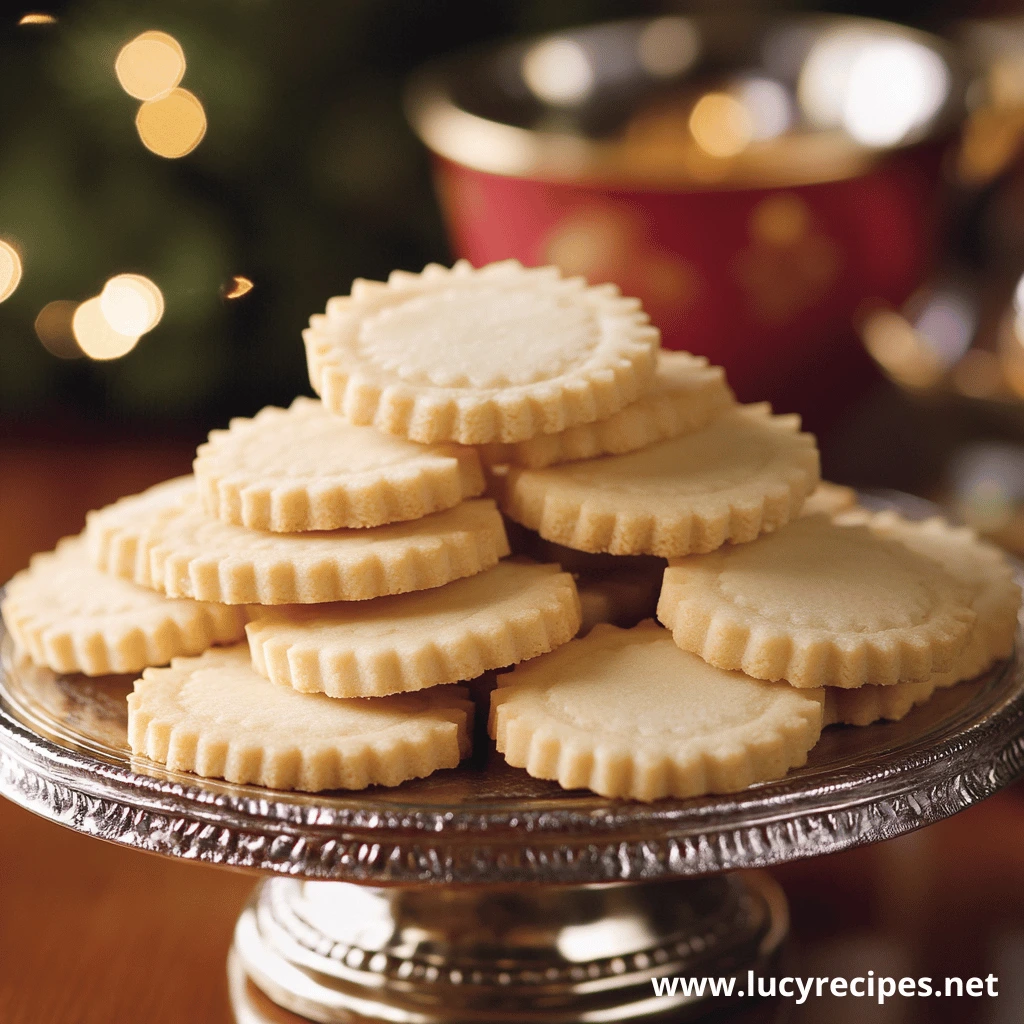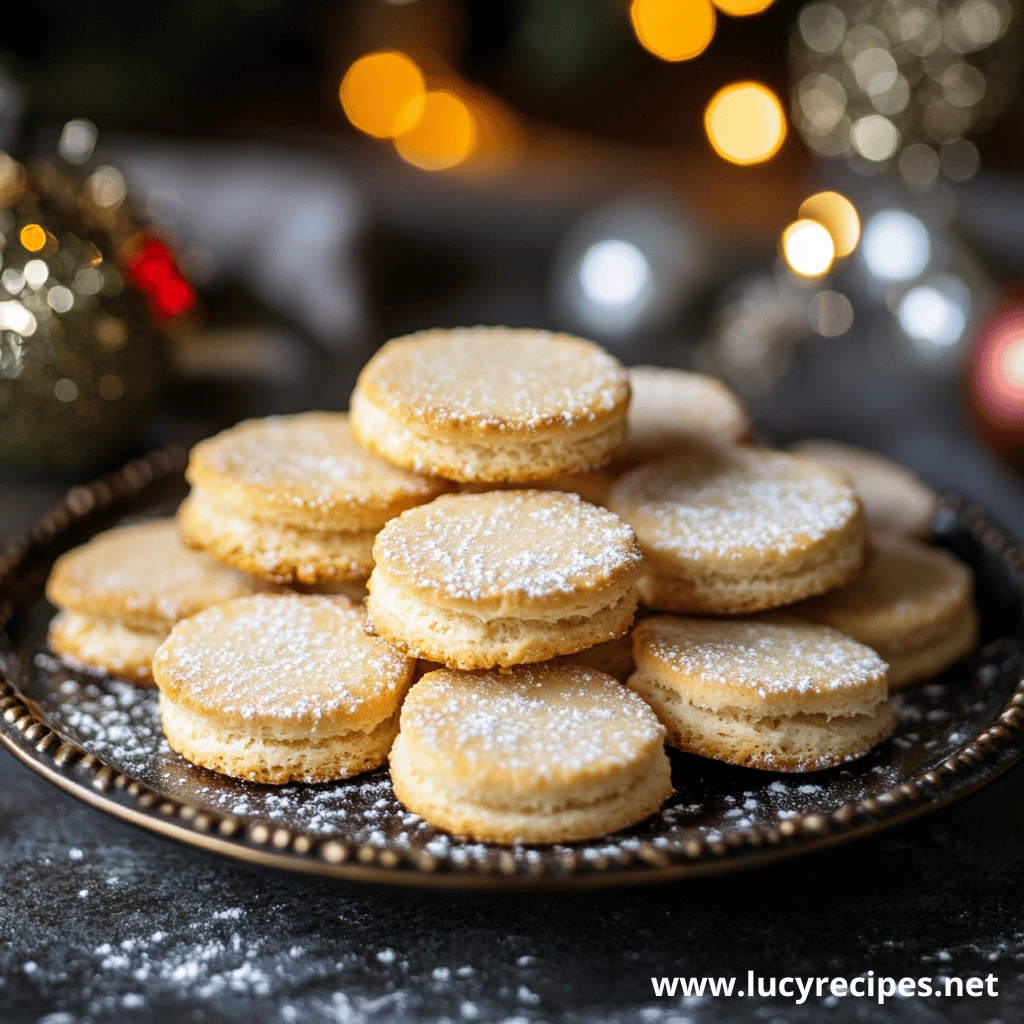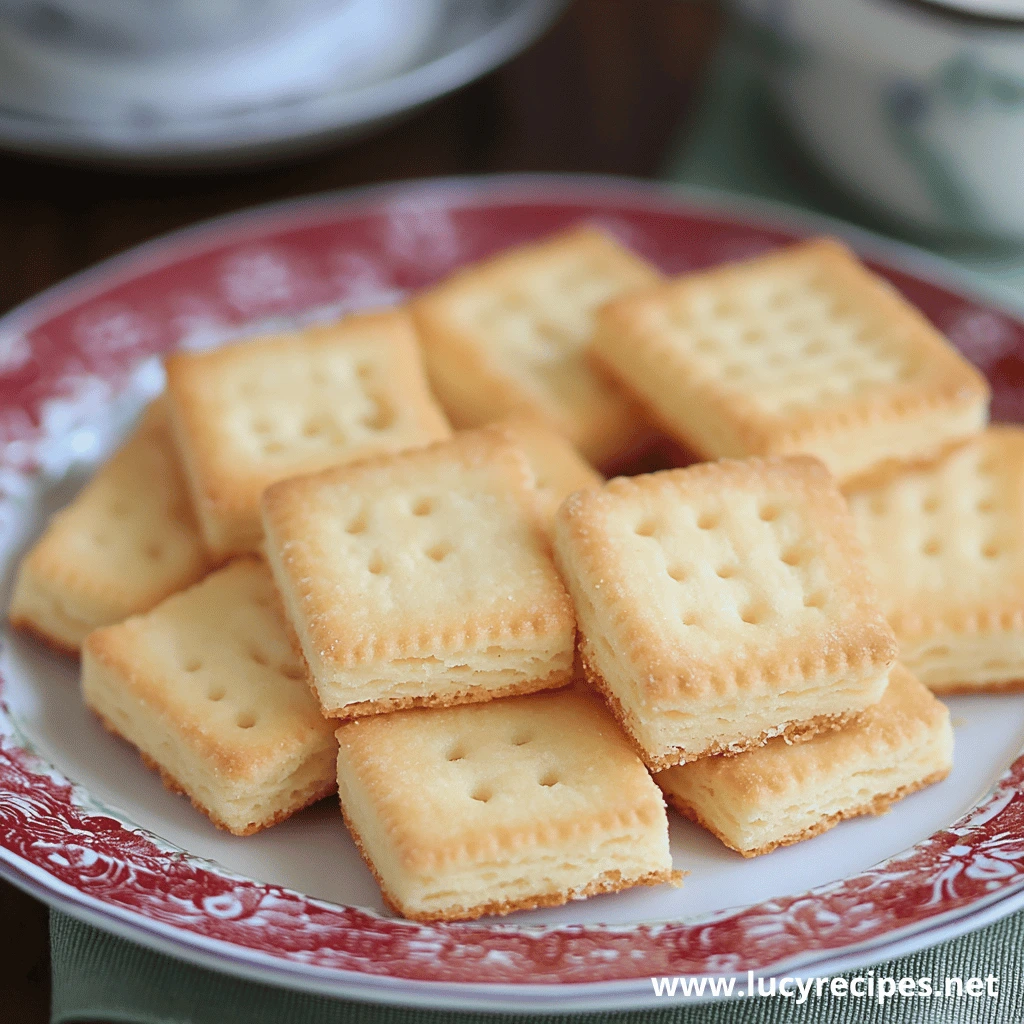Introduction
Butter biscuits have remained a timeless favorite for their simplicity and rich flavor. These delectable treats are the go-to snack for tea times, festive gatherings, or casual indulgence. But what are butter biscuits called in different cultures? Their universal appeal has inspired countless variations, making them a staple in households worldwide.
In this article, we dive into the unique aspects of what are butter biscuits called, exploring their names across various languages, their cultural significance, and how they differ from other types of biscuits. We’ll also share tips on making these delightful shortbread cookies at home and discuss their modern-day adaptations.
Table of Contents
Names of Butter Biscuit Across the World
The names of butter biscuits change significantly based on the region and culture. While they all share the buttery essence, each name reflects a distinct cultural identity:
- France: Known as “Sablés,” these biscuits are often crumbly with a melt-in-your-mouth texture.
- United States: Commonly referred to as “Shortbread Cookies,” these biscuits are thicker and often include additional flavors.
- Germany: Called “Butterkekse,” they are rectangular and frequently stamped with intricate designs.
- India: Termed “Nankhatai,” these are eggless butter biscuits infused with cardamom.
- Italy: Known as “Biscotti al Burro,” these are crisp and slightly sweet.
What are butter biscuits called in your country? The answer highlights the cultural diversity and culinary creativity surrounding this simple yet delightful snack.
Explore festive butter biscuit recipes like Butter Biscuit for Christmas to see how these treats shine during the holiday season.
What Makes Butter Biscuit Unique?

Shortbread cookies stand out due to their rich, buttery flavor and tender texture. These qualities stem from a few key characteristics:
- High Butter Content: The generous use of butter ensures a creamy and smooth taste.
- Simple Ingredients: Often made with just flour, sugar, and butter, their simplicity is part of their charm.
- Versatility: Shortbread cookies can be plain or flavored with vanilla, almond, or spices.
- Textural Balance: A perfect butter biscuit strikes a balance between crispness and softness.
The simplicity of Shortbread cookies allows them to be both a comfort food and a gourmet treat, appealing to a wide range of palates.
How Are Butter Biscuits Different from Other Biscuits?
While butter biscuits share similarities with other biscuits, they have distinctive features that set them apart:
- Richness: Unlike other biscuits that may use margarine or oil, butter biscuit rely solely on real butter for their flavor.
- Texture: They are typically crumbly, whereas others, like digestive biscuits, are denser.
- Sweetness Levels: The often have a balanced sweetness, making them suitable for both snacks and desserts.
- Shaping Techniques: From stamped designs to hand-rolled forms, Shortbread cookies offer creative versatility.
Understanding these differences not only highlights their uniqueness but also answers the intriguing question, what are butter biscuits called in varying culinary contexts.
How to Make
Making Shortbread cookies at home is a rewarding experience. Here’s a simple recipe to try:
Ingredients:
- 200g of unsalted butter, softened
- 100g of granulated sugar
- 250g of all-purpose flour
- A pinch of salt
Instructions:
- Preheat your oven to 180°C (350°F).
- Cream the butter and sugar until light and fluffy.
- Gradually add the flour and salt, mixing until a dough forms.
- Roll the dough to your desired thickness and cut into shapes.
- Bake for 10-12 minutes or until the edges are golden brown.
This straightforward process results in delightful biscuits that rival store-bought versions. Experimenting with ingredients, such as adding a pinch of cinnamon, can further enhance their flavor.
For more festive baking ideas, try pairing butter biscuit with dishes like How to Make the Perfect Bread Stuffing during holiday feasts.
Cultural Significance

Butter biscuits have deep cultural roots, often linked to celebrations and traditions:
- Festive Occasions: In many countries, they are prepared during holidays like Christmas and Diwali, similar to the Classic Old-Fashioned Thanksgiving Dressing Recipe for Thanksgiving.
- Symbol of Hospitality: Offering butter biscuits to guests is a universal gesture of warmth and welcome.
- Heritage Recipes: Passed down through generations, they are cherished family traditions.
These biscuits’ cultural importance transcends their ingredients, showcasing how food can connect people and preserve traditions.
Butter Biscuits and Modern Trends
In today’s culinary landscape, Shortbread cookies are evolving to meet modern tastes and dietary needs:
- Healthier Versions: Gluten-free and vegan butter biscuits cater to dietary restrictions.
- Artisanal Touches: Inspired by recipes like The Ultimate Guide to Earl Grey Cookies, butter biscuits now come in gourmet flavors.
- Convenience: Ready-to-bake butter biscuit dough is gaining popularity for its ease of use.
Social media platforms also play a role in their resurgence, with influencers sharing creative butter biscuit recipes and designs. These trends show that butter biscuits remain relevant, blending tradition with innovation.
Butter Biscuits in Literature and Media
Butter biscuits have often found their way into literature and media, not only serving as symbols of comfort, nostalgia, or indulgence but also highlighting their cultural significance. For instance, in classic novels, they are frequently depicted as part of afternoon tea scenes. Consequently, this emphasizes their role in fostering social interactions, creating a sense of warmth and connection among characters. For example, in British literature, they are often portrayed as a staple during high tea. Meanwhile, contemporary media, including films and TV shows, use Shortbread cookies as props to evoke a sense of warmth and familiarity.
Moreover, advertisements and product placements highlight butter biscuits’ versatility, appealing to both traditional and modern audiences. Whether in novels, movies, or commercials, the question what are butter biscuits called is often explored to underline their universal charm and cultural diversity.
Regional Butter Biscuit Festivals
Around the world, butter biscuit festivals celebrate the rich heritage and cultural significance of these beloved treats. These festivals are more than just culinary events; they are cultural showcases that bring communities together.
- France: The Sablé Festival honors the iconic French butter biscuit with baking contests and tastings.
- United Kingdom: Local fairs often feature butter biscuit competitions, showcasing unique recipes.
- India: Festivals celebrate regional variations like Nankhatai, blending tradition with innovation.
- United States: State fairs frequently feature butter biscuit as part of baking competitions.
At these festivals, attendees can learn what are butter biscuits called in different languages and explore the myriad ways they are prepared and enjoyed globally.
Butter Biscuit in Childhood Memories

Butter biscuit hold a special place in childhood memories, often associated with moments of joy and simplicity. For many, these biscuits were the go-to snack during school recess, family picnics, or after-school treats. Their buttery flavor and delicate texture made them a favorite among children.
Parents often used butter biscuit as a way to bond with their children, involving them in the baking process. These activities not only fostered family connections but also passed down recipes and traditions. The nostalgic aroma of freshly baked butter biscuit can instantly transport individuals back to their childhood.
Exploring what are butter biscuits called in different cultures reveals how these treats have been a part of cherished memories worldwide, often symbolizing love, care, and togetherness.
Butter Biscuits and Technology
The evolution of technology has significantly impacted how butter biscuits are produced, marketed, and consumed. From advanced baking techniques to digital marketing, technology has modernized the butter biscuit industry.
- Production: Automation has enhanced efficiency, ensuring consistent quality.
- Packaging: Innovations like resealable packaging preserve freshness longer.
- Marketing: Social media campaigns and e-commerce platforms make butter biscuit more accessible.
- Recipe Sharing: Online platforms allow home bakers to share unique butter biscuit recipes, broadening their appeal.
Technology also enables global conversations around what are butter biscuits called in different regions, fostering a greater appreciation for their cultural diversity.
FAQs
What Are Butter Biscuits Called in Different Countries?
Butter biscuits have various names globally, such as “Sablés” in France, “Shortbread Cookies” in the United States, and “Nankhatai” in India. These names reflect the cultural adaptations of this timeless treat.
How Do You Make Butter Biscuits?
Typically, butter biscuit is made with butter, sugar, and flour. Some variations include spices, nuts, or additional flavorings for unique twists.
Are Butter Biscuits Healthy?
While butter biscuits are indulgent, moderation is key. Healthier versions, such as gluten-free or vegan options, cater to diverse dietary needs.
Why Are Butter Biscuits Popular?
Their rich flavor, simplicity, and versatility make butter biscuits a favorite across all age groups and cultures.
Conclusion: Butter Biscuit as a Global Delight
Butter biscuits transcend borders, uniting people through their buttery goodness and cultural significance. From their roles in literature and media to their presence in cherished childhood memories and modern trends, these delightful treats continue to charm and delight.
Whether you’re attending a regional festival or curious about what are butter biscuits called in different languages, these biscuits symbolize more than just food. They represent connection, tradition, and a shared love for something truly timeless. Embrace their global appeal, savor their stories, and discover the unique names and traditions they bring to every table.


1 thought on “Beloved Butter Biscuits: Their Global Appeal, Traditions, and Modern Trends”
Comments are closed.